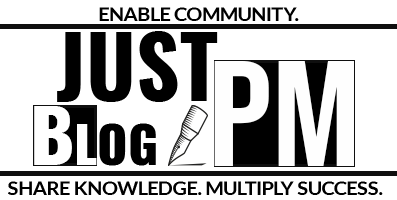Close Procurements process is vital to ensure that all procurement activities are finalized, all deliverables are accepted, and the contract is formally closed. It provides a structured way to review the procurement process, document lessons learned, and ensure that both the buyer and the seller have met their contractual obligations.
The outputs from the Close Procurements process serve multiple purposes:
- Documentation of Closed Procurements: This provides a clear record that a particular procurement activity has been completed. It ensures that there’s no ambiguity about the status of any procurement activity, which can be crucial for financial, legal, and project management reasons.
- Updates to Organizational Process Assets: These updates can be invaluable for future projects. Organizations can continuously improve their procurement processes by documenting what went well, what challenges were faced, and how they were addressed. This can lead to cost savings, better vendor relationships, and more successful projects in the future.
- Procurement File: This is a comprehensive record of the procurement activity from start to finish. It includes all relevant documentation, from the initial RFP to the final acceptance of deliverables. This file can be crucial for legal or financial audits, and it can also be a valuable resource for future projects.
- Deliverable Acceptance: This provides a clear record that the deliverables from the vendor have been received and accepted. It ensures that there’s no ambiguity about whether the vendor has fulfilled their obligations under the contract.
- Lessons Learned: This is one of the most valuable outputs from any project management process. By documenting the challenges faced and the solutions implemented, organizations can avoid making the same mistakes in the future. This can lead to more successful projects and better vendor relationships.
In conclusion, the Close Procurements process outputs are essential for the immediate project and the organization’s long-term success. They provide clarity, documentation, and valuable insights that can be used to improve future procurement activities.


